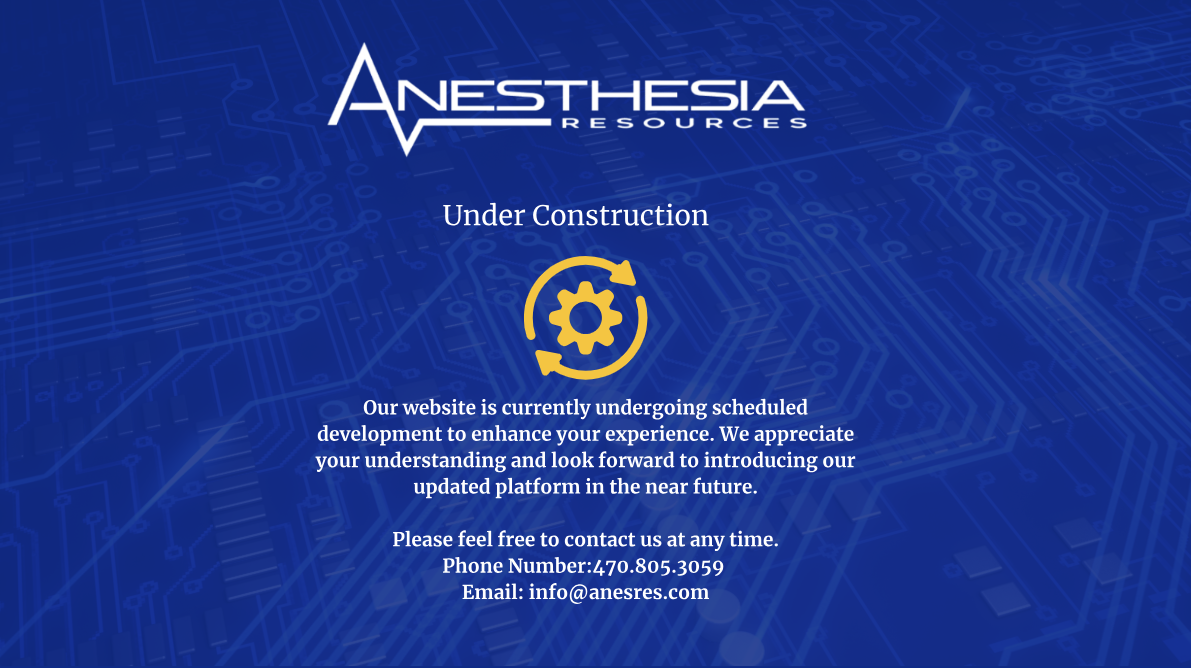Sharable Ink – Bridge to Digital Anesthesia Record
Jeff Hobson, Regional Sales Director for Shareable Ink, agreed to provide some information regarding their product.
Jeff, there are many smaller hospitals, ASCs and Office anesthesia practices attempting to transition to an automated anesthesia record, however we are put off by the cost and the complex nature of the typical Anesthesia Information System. It appears your product attempts to offer a bridge to an electronic record.
http://www.shareableink.com/
The Anesthesiologist of the Future
An Excerpt from Dr. Macario’s full article “Training the Physician and the Anesthesiologist of the Future” (for the full article click here)
Alex Macario, MD, MBA, Professor, Departments of Anesthesia and Health Research & Policy, Stanford University School of Medicine, Stanford, California, Posted: 08/18/2010
What Will the Anesthesia Residency Look Like in 20 Years?
The anesthesiologist of the future will be trained to seek, and take advantage of a wide array of opportunities from sedation for out of OR cases to palliative care for children to institutional leadership roles (eg, direct OR suites, pain consultation services or intensive care units) as well as positions in preoperative evaluation centers (in and out of hospital optimization services).[43]
Some predictions for residency training in the future include the following possibilities:
- Medicare will no longer pay for residents, so the hospital or the anesthesia department will have to fund their salaries;
- Medicare will start linking reimbursement to promises by trainees to enter certain subspecialties that have inadequate numbers of providers, or to promises by resident to practice for specified periods of time in underserved areas;
- Residents will pay tuition for training opportunities to become specialists, and they will customize their training by selectively choosing from a menu of cases and rotations. Residents will be more like medical students in this model;
- Anesthesia residency will not last 4 years, but be of variable length on the basis of predetermined milestones. The core training will continue because any supervision requires in depth OR anesthesia expertise, but the advanced training could be in a variety of perioperative areas. If the resident is really proficient and shows the required skills, attitudes, and knowledge, he or she could finish in 3.5 years for example, and if not, it could take more than 4 years to meet the requirements[44];
- More customization of the curriculum to meet each trainee’s career goal will be possible. For example, each resident might choose either a critical care medicine or pain medicine track for the final year of core residency training.[45] This way, as many as 24 months of a 5 year training period could be focused on the subspecialty;
- Clinical subspecialty fellowships will have added a second research-intensive year[46];
- Residencies will offer rotations in developing countries to respond to interest in global health[47];
- Faculty will be expert in competency-based education. Portfolios, videos of actual patient encounters, case logs and reflective essays will be routine; and
- Sophisticated assessments of competency will be readily available. Team learning and team experiences in a high fidelity simulation facilities will be widespread.
Conclusion
Medical training and practice exist in a dynamic marketplace with supply and demand modulated by major trends, such as new technologies and treatments, national healthcare reform, reimbursement changes, and the general state of the economy. In addition to providing outstanding patient care, tomorrow’s anesthesiologist will be fully trained to critically analyze literature as a natural part of their best practice routine, as outlined by the practice-based learning and improvement ACGME competency, and will be expert in managing the complex healthcare systems to ensure that their patients have optimal care as outlined by the competency for systems-based practice.
Dramatic changes in the up-and-coming physician workforce will affect all of medicine, including anesthesiology. These changes include the generational characteristics of the millennial generation, evolving gender demographics whereby half of current medical students in the United States are women, the movement led by ACGME to satisfy the public’s desire to have demonstrated competency of new physicians, the application of duty hour regulations, and other changes to residency education intended to instill state-of-the-art perioperative competencies.
The Anesthesiologist of the Future
- Will be trained to seek and take advantage of opportunities to lead and help the hospital and medical group deliver high quality, cost-efficient care;
- Anesthesia groups strategizing for the future must anticipate clinical and business opportunities; and
- The key to incorporating the millennial anesthesiologist is to match the needs of the clinical practice with the talents and motivations of the available workforce. A more family- and life-friendly work environment will attract the best and brightest of the millennial generation.


